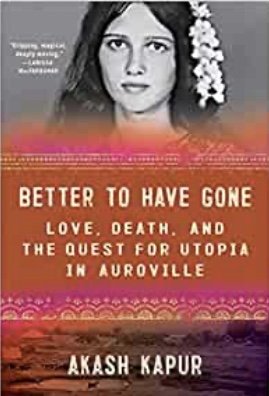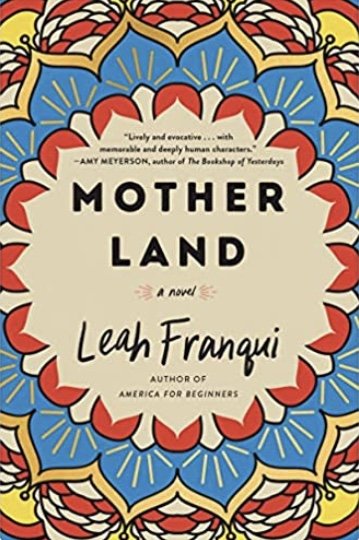In Other Words by Jhumpa Lahiri, translated by Ann Goldstein (Vintage Books)
Native speakers of English are crippled by the belief that learning another language is a matter of choice, something to “take.” French, Spanish, sometimes German--one of these is chosen in high school, flirted with in college, “picked up” in the way one might get a bad cold, and rapidly forgotten. Dimly students understand that fluency will only come with total immersion but few realize how disorienting that process will be. It is, Jhumpa Lahiri explains, a matter of risk and discipline, an abandonment of one culture for another, a kind of baptism that holds the threat of drowning.
Lahiri had two languages as a child, the Bengali that was spoken at home and the English that she needed for the world outside, once she had turned four. Her parents resisted English, clinging to the language of their native culture. Lahiri became a double exile in a linguistic quandary. Her imperfect Bengali failed to connect her to a place she had never lived in and her perfect English failed to give her a place of belonging in either her birthplace (London) or her country of residence (the U.S.). It was a precarious place for a child to stand in and Lahiri found her refuge in reading and writing English words. “I belonged only to my words…to no country, no specific culture.” “Writing,” she says, “makes me feel present on earth.”
Then she falls in love with Italian, a language that seems to have chosen her rather than the other way around. Dizzied by the notion of choice, she takes lessons that will allow her to speak. She chooses to read only books written in Italian. She moves to Rome and becomes “a word hunter,” with her vocabulary notebook slowly measuring her progress. But this isn’t enough. To feel present in Italy, Lahiri begins to write in Italian.
At first this is like “writing with my left hand,” she admits, an activity “so arduous it seems sadistic.” For the first time in her life, she has found a language that gives her the “freedom to be imperfect,” but as a writer, she refuses to take comfort in that freedom. She begins to show her Italian writing to those who will correct and guide her, Slowly she turns away from her “dominant language,” the one in which she had won a Pulitzer Prize and a Presidential medal conferred upon her by Barack Obama. She abandons English to the point that when she wrote this book, it was originally published as In altre parole. When it appeared as In Other Words, Lahiri insisted that it would be published in both Italian and English, with the translation done by someone other than herself. She knew that as a writer who had an expert command of English, she would be compelled to improve what she had written in Italian. Instead her translator kept the raw and unpolished thoughts that Italian had conveyed upon Lahiri, with the Italian text on one page and the English translation facing it.
The translated sentences are like ungainly pieces of furniture. They aren’t smooth--in fact they come in fragments, carrying splinters. They lack grace and are often clunky. They hold immeasurable courage, written by a woman who has stepped away from her literary fame, embraced imperfection and found a different way to be alive. . “I remain, in Italian, an ignorant writer,” Lahiri says, but she’s one that’s discovered the art of metamorphosis, a transformation that can be terrifying but is an act of rebellion and release. Through another language, Lahiri has left exile and chosen a new form, one that she exercises with freedom and generosity.~Janet Brown



















